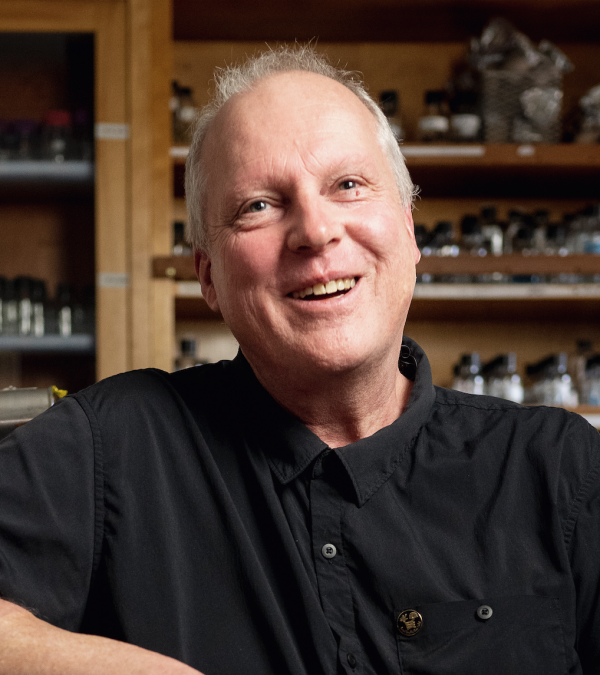
Michael Freitag
Michael Freitag
Research
We aim to understand how genome defense systems and epigenetic silencing phenomena shape and maintain eukaryotic genomes and "epigenomes". Epigenomes are the sum of differential DNA or protein modifications that result in heritable chromatin states not encoded in the DNA sequence. Posttranslational modifications of chromatin proteins play an important role in all aspects of eukaryotic gene regulation. Evidence from cytological, biochemical and genetic studies suggests that transcriptionally silent "heterochromatin" is distinct from active "euchromatin" in both DNA composition and epigenetic modifications. In many eukaryotes, constitutive heterochromatin is predominantly assembled from repeats of active or mutated transposable elements (TEs) and thus appears to result from the action of genome defense and gene silencing systems. Extended, constitutive heterochromatic regions are associated with centromeres, telomeres and ribosomal DNA repeats, but short dispersed regions of constitutive heterochromatin are common in many organisms, including filamentous fungi. While heterochromatic regions have been assigned structural functions, e.g. as spindle attachment points during cell division, relatively little is known about their evolutionary roles. We address evolution and function of constitutive heterochromatin by comparative biology, using fungi as our model systems. Centromeric DNA and its associated proteins undergo accelerated evolution, but the underlying mechanisms are unresolved. Closely related filamentous fungi (e.g., Neurospora crassa, Fusarium, and Zymoseptoria species) serve as excellent models to study the basis for this phenomenon because they exhibit strikingly different amounts and distribution of heterochromatic regions in their genomes. Functional studies with strains defective in heterochromatin assembly and maintenance yielded insights into the different functions of histone methylation (e.g., histone H3 methylation on lysine 9 vs. lysine 27). We developed high-throughput methods useful for the investigation of genome-wide epigenetic regulation, including ChIP-seq, RNA-seq and Hi-C applied and optimized for application in several genera of fungi. Our current focus is on the control and function of histone H3 lysine 27 methylation (a project funded by NSF grants MCB1515998 and MCB1818006). Other projects are underway: (1) Studies to elucidate epigenetic modifications and chromatin composition of centromeres, and (2) mechanistic studies on genome stability controlled by interactions between histone modifications.
Research Interests
- Epigenomics
- Gene Silencing
Education
Ph.D. 1996, Oregon Graduate Inst. of Science & Technology



